Why create a microforest at Hancock St Park?
This project has received funding support from the Queensland Government’s Community Sustainability Action grant program and an environment grant from Toowoomba Regional Council.
Hancock St Park is an endangered ecosystem (classification 12.5.6: https://apps.des.qld.gov.au/regional-ecosystems/details/?re=12.5.6).
The park is a tiny spec of the original natural world, of Rangeville Toowoomba. It is an environment rich in life, despite its small size. The plants of Hancock St Park are native to this area, and provide habitat for native animals, birds and insects. Close by Hancock St Park is another parcel of land which houses St Bart’s Church.
This land also supports the same endangered ecosystem. Bridging the gap between Hancock St Park and the St Bart’s Church land is a piece of land, about the size of a house block which is currently mown grass. By replanting this grassy piece of land with the same plant species which are found in Hancock St Park and in the St Bart’s Church land we will add to the viability of this ecosystem and create a wildlife corridor linking the two.
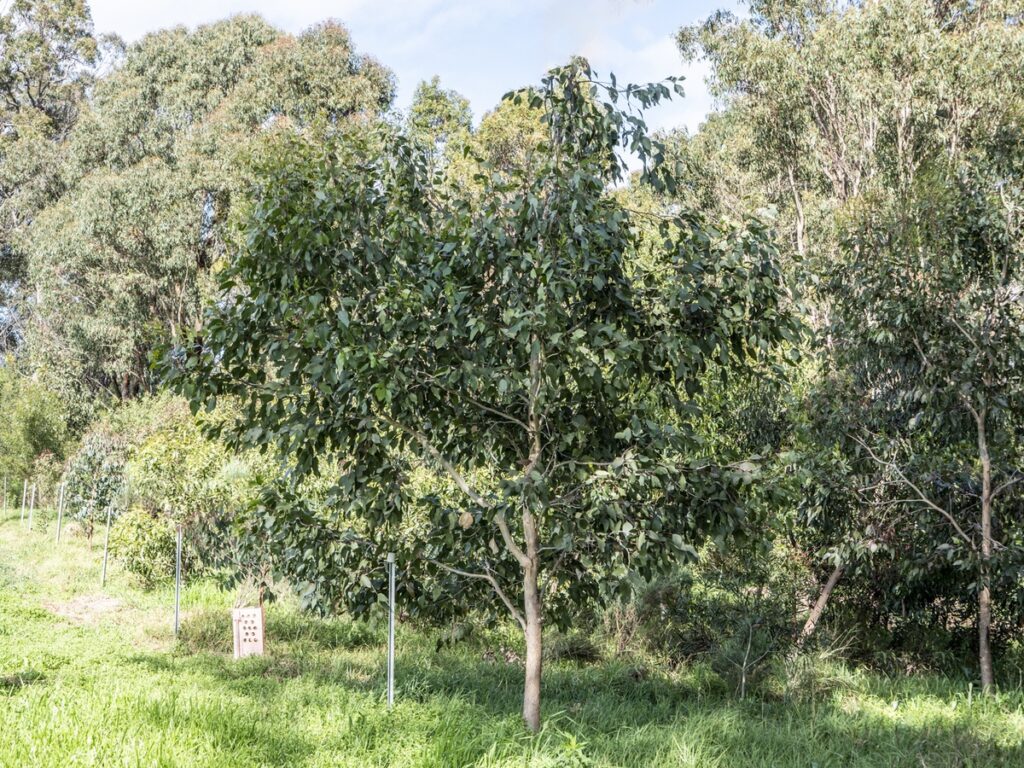
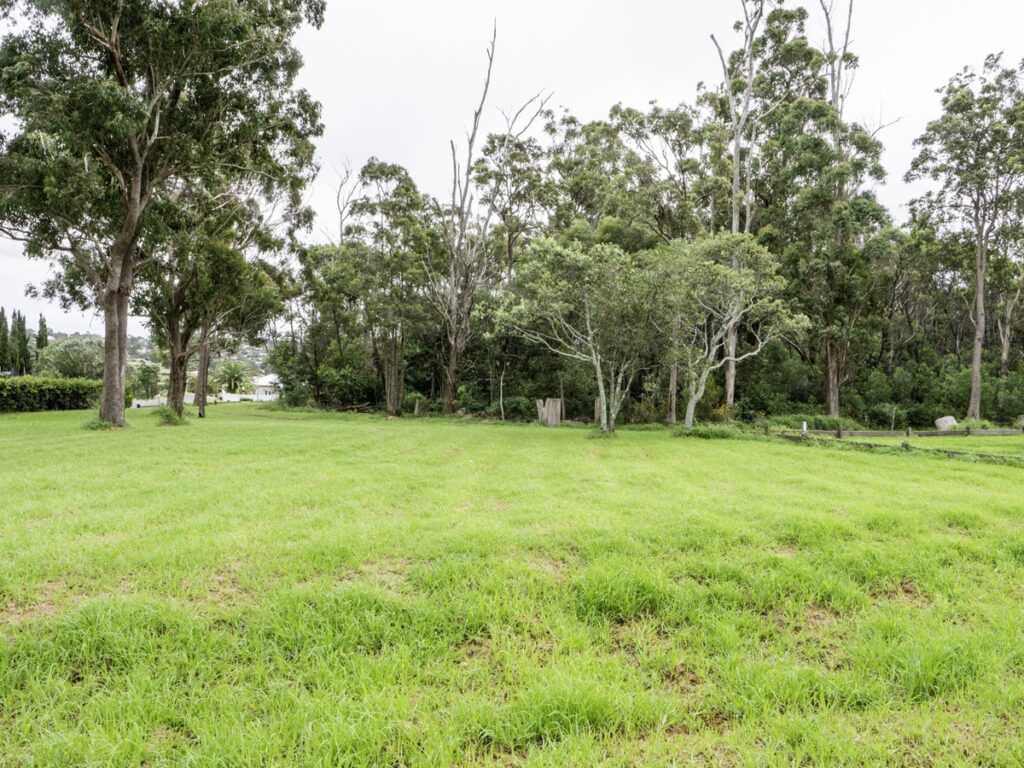
What is a microforest?
The mini forest (microforest, pocket forest) concept was developed by Professor Akira Miyawaki, a botanist, as he sought to recover and recreate plantings of original ecosystems found in different parts of Japan. Over the 40 years of his work 500 mini forests were created in Japan. His ideas spread to Europe, the Americas, the Middle East, the Indian subcontinent and to Australia. Microforests have been recognised as part of a worldwide effort to regreen our planet, to provide habitat for endangered species, to moderate the climate, and provide carbon storage. Please see our links to find out more about microforests in Australia and around the world.
How is the Hancock St Park Microforest being created?
In 2022, Friends of Escarpment Parks (FEP) submitted a grant proposal to the Queensland Department of Environment and Science, which was successful. This grant supports the purchase of plants, watering equipment and plant guards. FEP also submitted a second grant proposal to the Toowoomba Regional Council. This grant supports the cost of site preparation.
Crow’s Nest Community Nursery has undertaken the task of propagating the plants for the microforest. Only plant species which are naturally found in Hancock St Park are being grown, and many are being propagated from seeds and cuttings collected in the park. There will be a few trees, many small trees, understorey plants, herbaceous plants, grasses and creepers. Please see the plant list. The microforest site which is the size of a tennis court (600 m2) will be planted in three stages, each 200m2.
Acacia maidenii or Maidens Wattle grown at Crows Nest Nursery will be used for the project. To germinate acacia seeds boiling water is poured on to them and they are allowed to soak for a few days. The heat simulates the conditions they need to sprout. Acacia melanoxlyn or Blackwood flowered in the park in January. (Photo: M. Henderson)
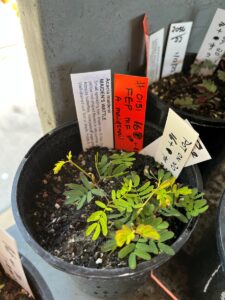
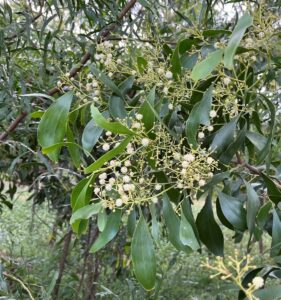
The Timeline for creating the Microforest
- November 2022 – March 2023 – Crows Nest Nursery grows plants for the project. Many of the seeds and cuttings have been collected from Hancock St Park
- January and February 2023 – Spray the grass on the microforest site – FEP
- March 2023– Cultivate the soil and incorporate organic matter – landscape contractor
- April 1 2023 – First planting – Volunteers from FEP and local community
- April 2 2023 – Mulch the first planting area and the overall site – Volunteers from FEP and local community
- Undertake watering and weeding – April 1 2023 onwards – Volunteers from FEP and local community
- Spring 2023 – Second planting – Volunteers from FEP and local community
- Autumn 2024 – Third planting – Volunteers from FEP and local community
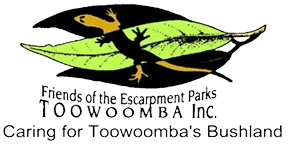

Comments